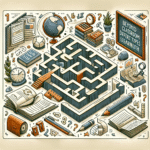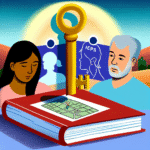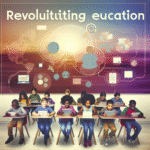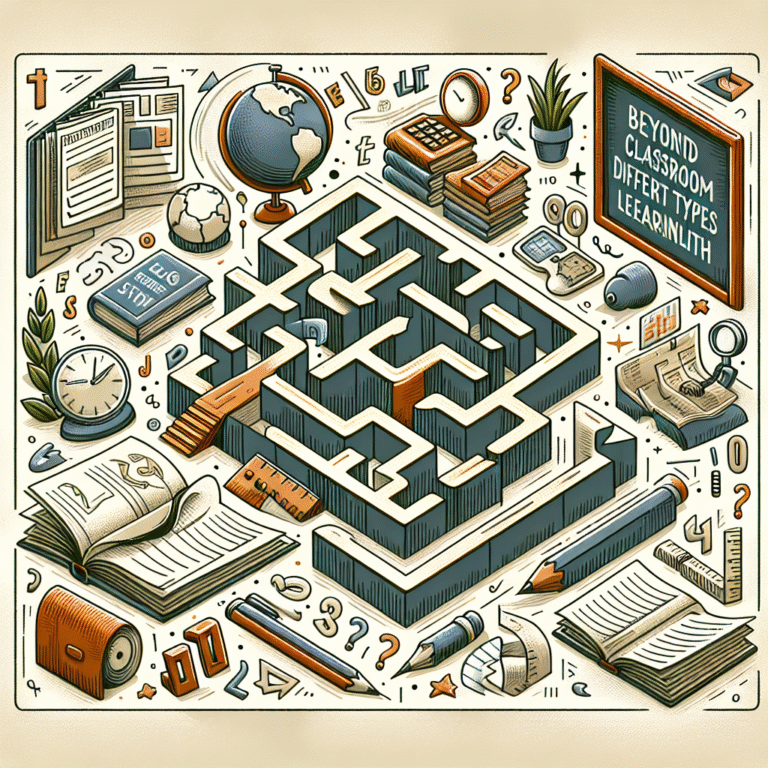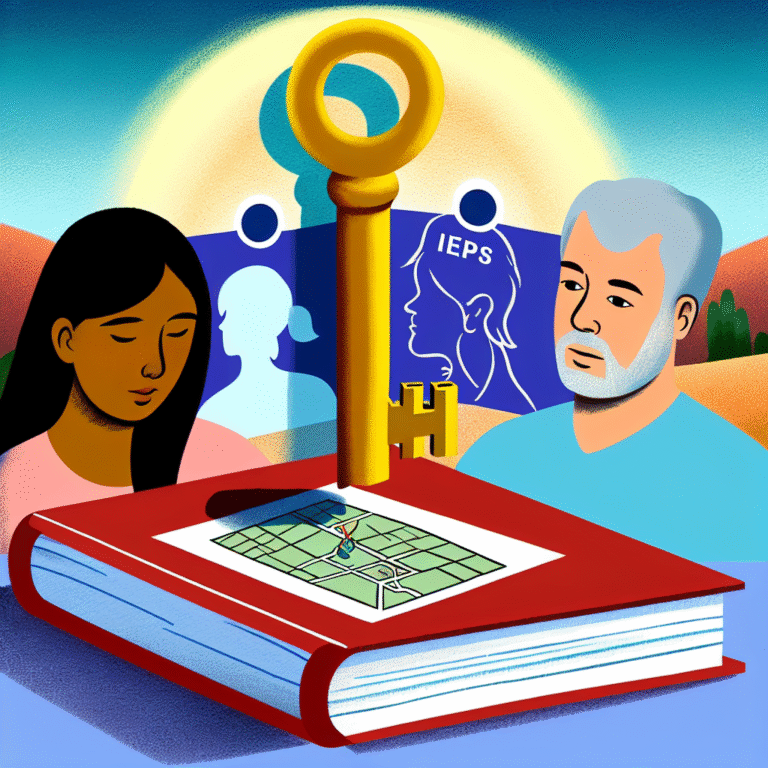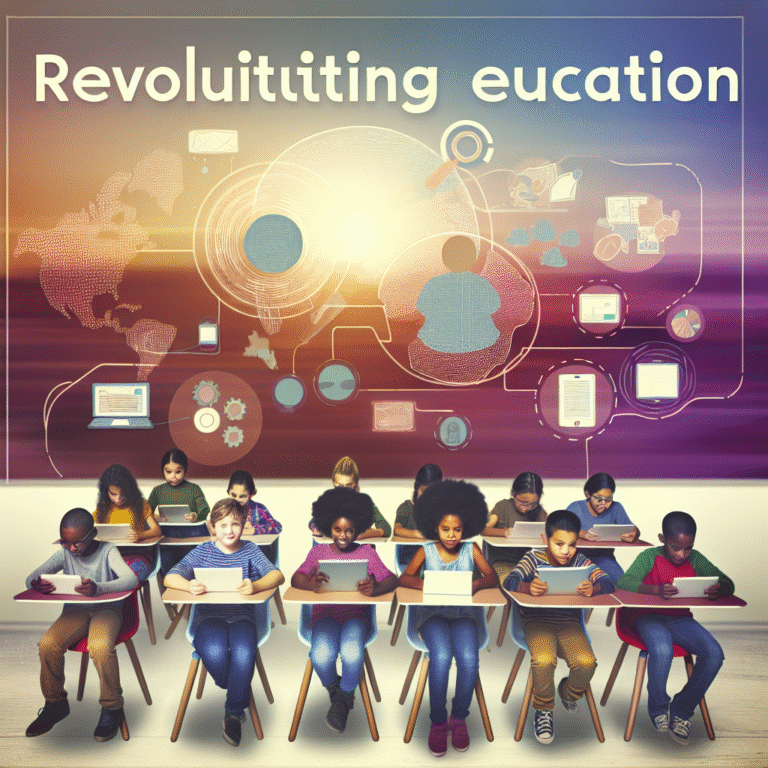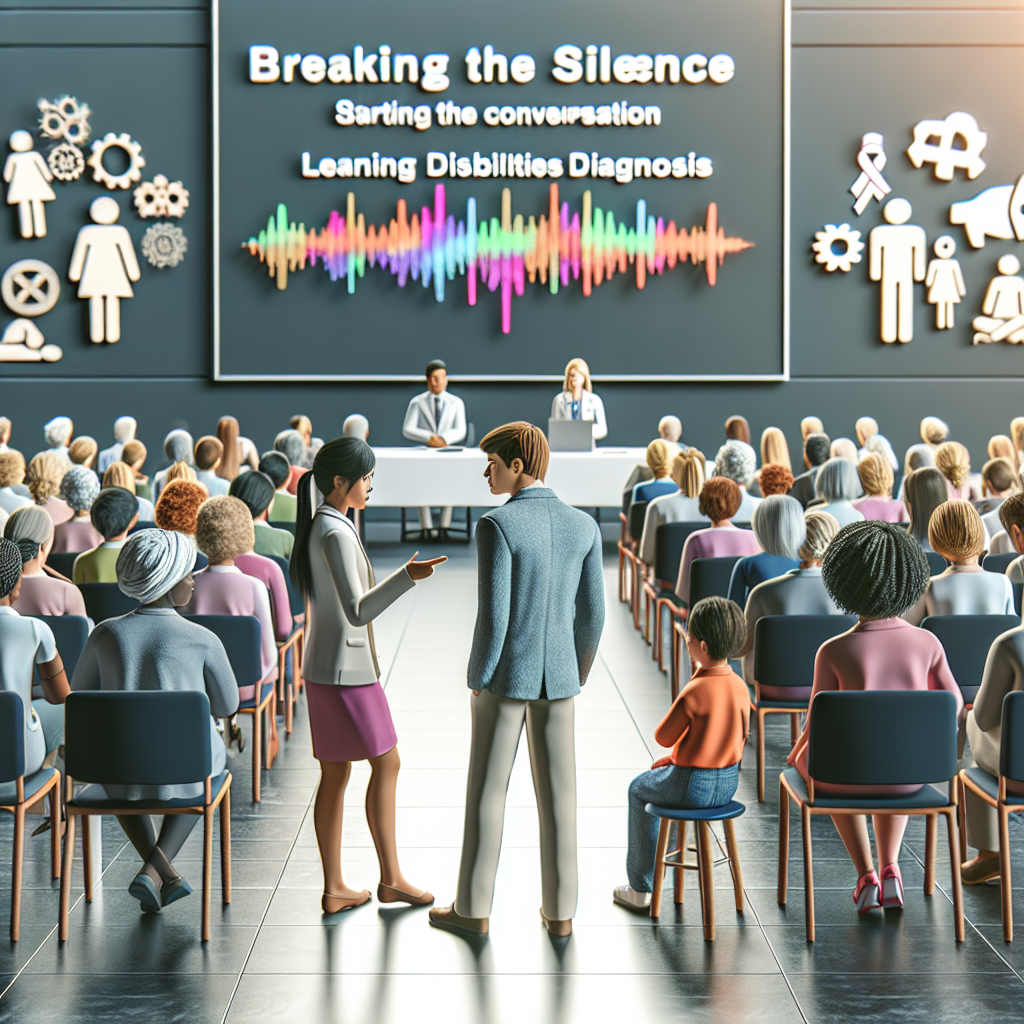
Breaking the Silence: Starting the Conversation About Learning Disabilities Diagnosis
Introduction
Learning disabilities are more than just academic hurdles; they are part of the intricate tapestry of individual experiences. In an educational system built on standardization, students who learn differently can often feel marginalized or overlooked. This raises a critical question: How can we better understand and address learning disabilities? By Breaking the Silence: Starting the Conversation About Learning Disabilities Diagnosis, we can empower parents, educators, and students alike to engage in meaningful dialogue that fosters understanding and ignites change.
The power of conversation can’t be overstated. It creates a pathway for awareness, understanding, and acceptance. Imagine a future where every child feels understood for who they are and empowered to thrive. This article dives deep into the significance of discussing learning disabilities, the impact of early diagnosis, and the collective actions we can take to create more inclusive environments.
Understanding Learning Disabilities
The Spectrum of Learning Disabilities
Learning disabilities encompass a range of disorders that affect the ability to process information efficiently. The most common types include:
- Dyslexia – Affects reading and language processing.
- Dyscalculia – Impacts mathematical skills and number sense.
- Dysgraphia – Hinders writing abilities and fine motor skills.
- Auditory Processing Disorder – Affects the ability to make sense of sounds.
Table 1: Key Types of Learning Disabilities
| Type | Description | Signs and Symptoms |
|---|---|---|
| Dyslexia | Difficulty with reading and language | Problems with reading fluency, difficulty spelling |
| Dyscalculia | Challenges with understanding numbers | Difficulty with arithmetic, trouble understanding number concepts |
| Dysgraphia | Trouble with writing and fine motor skills | Poor handwriting, spelling issues, trouble organizing thoughts on paper |
| Auditory Processing Disorder | Difficulty in processing sounds | Trouble following directions, misunderstanding spoken language |
Understanding these disabilities is the first step toward effective intervention and support. When we break the silence, we create a welcoming atmosphere to discuss these issues openly.
The Importance of Early Diagnosis
Case Study: Emily’s Journey
Consider Emily, a bright child struggling with reading. Initially dismissed as lazy or disengaged, it wasn’t until a teacher initiated a conversation with her parents that they sought a formal diagnosis. Emily was diagnosed with dyslexia, which led to tailored interventions and personalized support.
Analysis: Emily’s case highlights the crucial role of early diagnosis. By starting the conversation early, parents and educators can provide the support needed for children to thrive academically.
Barriers to Diagnosis
There are several societal and cultural barriers that prevent open discussion about learning disabilities. Stigma, lack of awareness, and misunderstanding can keep families from seeking help.
Case Study: Mark’s Experience
Mark, a high school student, faced significant challenges due to undiagnosed dyscalculia. His parents believed his struggles were typical adolescent behavior and didn’t recognize the need for evaluation.
Analysis: This illustrates how misunderstandings about learning disabilities lead to missed opportunities for support. By breaking the silence, we can dismantle these barriers.
Starting the Conversation
Creating Safe Spaces for Discussion
To foster a culture of understanding, it’s essential to create safe spaces within schools, community groups, and homes where children can express their struggles. This can include:
- Workshops for Parents: Educate parents about learning disabilities to help them recognize signs in their children.
- Inclusive Teacher Training: Train educators to identify potential learning disabilities and encourage open discussions with students and families.
- Peer Support Groups: Set up groups where students can share experiences and strategies.
Encouraging Open Dialogue
Engaging in open dialogue is vital. Here are several tips for starting conversations:
- Use Inclusive Language: Avoid terms that may carry stigma.
- Share Resources: Provide information about learning disabilities and their implications.
- Be Non-Judgmental: Create an attitude of acceptance and understanding.
The Role of Technology
Technological advancements have made significant strides in helping those with learning disabilities. Tools like adaptive software and apps can foster learning in more personalized ways.
Case Study: Sam’s Transformation
Sam struggled with dysgraphia, affecting his ability to take notes in class. After his school introduced a note-taking app designed for students with learning disabilities, Sam found it easier to organize his thoughts. His grades improved substantially, and he felt more engaged in classroom discussions.
Analysis: Sam’s story showcases the transformative power of technology. By harnessing these tools, we can significantly enhance learning experiences for students with disabilities.
Building Support Networks
Involvement of Community
Communities play a pivotal role in supporting families navigating learning disabilities. Collaborative efforts among schools, healthcare professionals, and community organizations can create robust support networks.
Case Study: The West Side Collaborative
In a poverty-stricken area, the West Side Collaborative formed a partnership between local schools and mental health services. By pooling resources, they offered comprehensive support for children facing learning disabilities.
Analysis: This showcases how community collaboration can break the silence surrounding learning disabilities, fostering an environment where affected families feel supported.
The Role of Advocacy
Advocating for change is crucial. This involves:
- Promoting Policy Changes: Encourage local governments to prioritize funding for learning disability resources.
- Raising Awareness: Use social media and community events to highlight the importance of understanding these disabilities.
- Engaging Influencers: Leverage public figures to speak out about their experiences, further humanizing the conversation.
Conclusion
Breaking the silence about learning disabilities is not just an act of kindness; it’s a societal obligation. By understanding, discussing, and supporting those affected, we create an inclusive environment where every individual can flourish.
To inspire meaningful change, we must engage in conversations that empower, educate, and enlighten. The journey starts with each of us—let’s take that first step today.
FAQs
1. What is a learning disability?
A learning disability is a neurological condition that affects how a person processes information, impacting skills such as reading, writing, and math.
2. How can I tell if my child has a learning disability?
Signs vary but may include trouble with specific subjects, difficulties following directions, or a lack of confidence in school. Consult a specialist for a formal evaluation.
3. What should I do if I suspect my child has a learning disability?
Speak with your child’s teacher or a school counselor to discuss your concerns and explore the possibility of a formal assessment.
4. Are learning disabilities hereditary?
Yes, research suggests a genetic component, meaning they can run in families.
5. Can learning disabilities be cured?
While learning disabilities cannot be cured, with appropriate support, individuals can learn to manage their difficulties effectively.
6. How can schools better support students with learning disabilities?
Schools can enhance support through individualized education plans (IEPs), teacher training, and the integration of assistive technology.
Let’s work together to ensure every voice is heard and every child has the opportunity to succeed. By Breaking the Silence: Starting the Conversation About Learning Disabilities Diagnosis, we empower not just individuals but entire communities.
